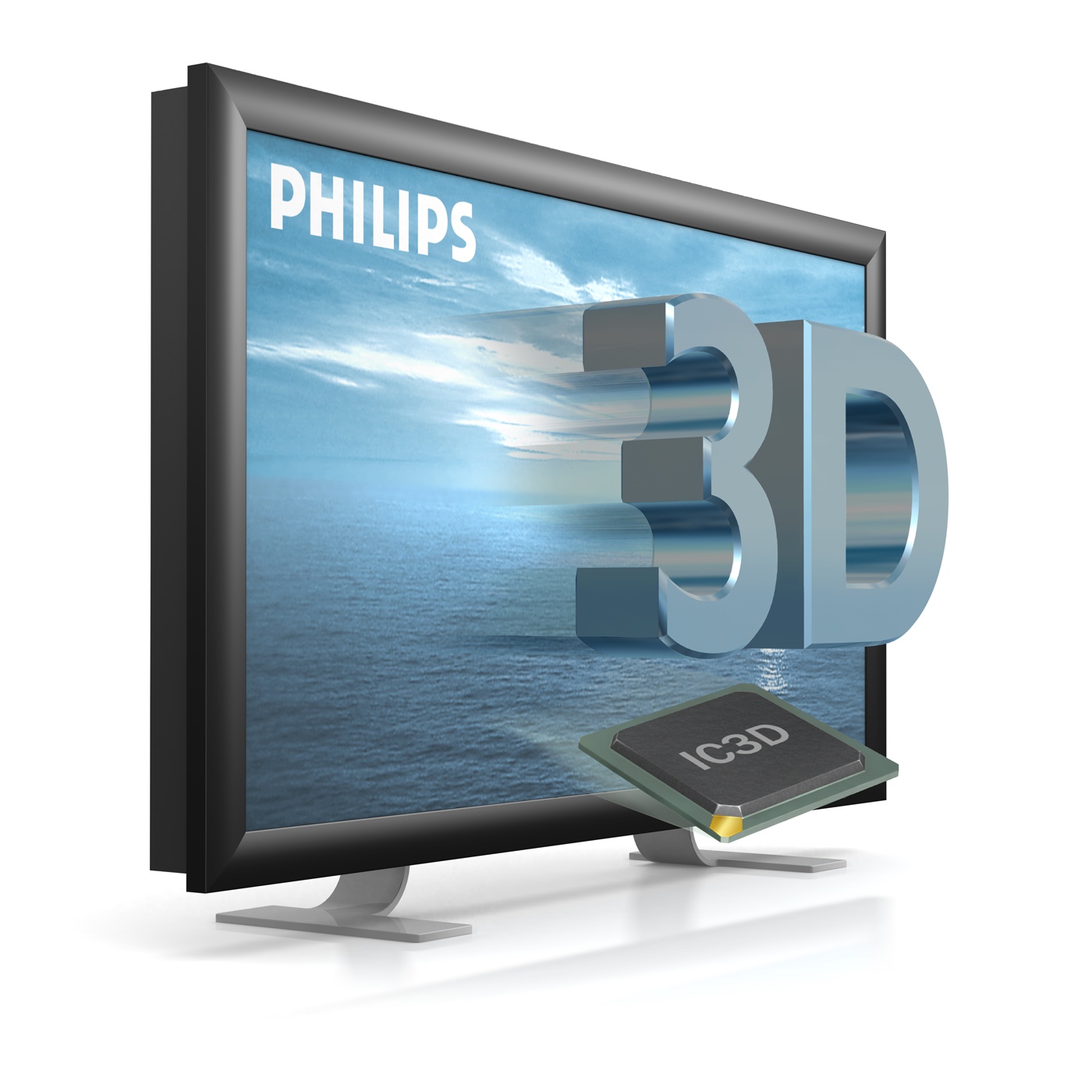British consumers being misled by gadget labelling
Confusing retailers and consumers

A new report by consumer watchdog Which? slams confusing consumer technology labelling in the UK, claiming that manufacturer's and retailer's labels on tech and gadgets are misleading British consumers buying new electronic devices.
Which? recently examined labelling on a number of different types of consumer electronic devices including TVs, cameras, and laptops.
The latest report was based on visits to branches of John Lewis, Richer Sounds, Currys and Comet in Cambridge back in April this year.
Good labelling defined
"Good labelling should tell you about useful new features and help you to compare products," writes Matt Bath, technology editor at Which?, "but Which? has found that some technology tags don't do what they should.
"Too often, labelling on items such as TVs contains confusing claims, and is not consistent across brands. This makes it hard to make an informed choice."
What is more, the new Which? report claims that, "shop staff often repeat these claims without scrutinising them."
Get daily insight, inspiration and deals in your inbox
Sign up for breaking news, reviews, opinion, top tech deals, and more.
"Televisions make a lot of claims and use a lot of big numbers," says Bath. "One set claimed to have 'four trillion colours' - which sounds fantastic. The trouble is, programmes aren't broadcast in that many colours and in any case, we can't see that many; it's meaningless."
Advice versus hyperbole
Out of all the stores visited, Comet's came out worst. "Comet's advice was mostly hyperbole," reads the new report in the latest Which?
"The adviser claimed that '600Hz is the fastest movement you can get' with 'less flicker' and that the higher the contrast ratio the better the picture, with no mention of the difficulty in comparing contrast ratio between brands."
The report also scrutinised digital camera marketing, with Which? photography expert Richard Parris noting that:
"A high megapixel (MP) camera is no guarantee of better photo quality. Very high resolutions can reduce image quality if you're photographing in low light and are only really useful if you're enlarging printed photos, or if you do lots of digital cropping and editing.
"For a standard 6x4-inch print, 2.2Mp is all the resolution you'll need."
The organisation has now raised the tech and gadget labelling issues it has found with the Advertising Standards Authority.
If you are considering buying a 3D TV, then you might want to check out TechRadar's recent definitive guide to the 10 best 3D TVs in the world.
And if you are in the market for a new camera, then you will definitely need to read through TechRadar's guide to the current best 45 digital cameras on the market right now.
